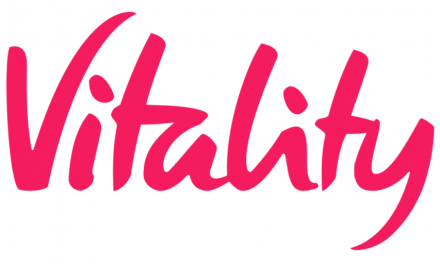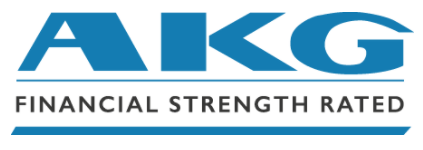
The role protection insurance can play in treatment and care funding, and everything else we covered last week

The effects of the Covid-19 pandemic continue to impact in a number of different ways, perhaps most alarmingly on the NHS and waiting lists for diagnostics and treatment. Last week it was reported that as a consequence of these lengthy delays, there were 69,000 self-funded treatments in the last 3 months of 2021, a 39% rise compared to pre-pandemic.
These figures exclude private health insurance, so it’s individuals funding treatment from their savings or other sources of income and in many cases, through bank loans and credit cards. The BBC article covering this story highlighted one person who’d taken out a £7,000 loan to pay for a knee surgery, (it’s a good case study for why income protection is important as well).
Whilst we’re undoubtedly very fortunate in having access to state funded healthcare and there are many positive stories from patients that have received life-saving treatment from the NHS, the current pressures do highlight the value of insurance. Perhaps most obviously it makes a case for private health insurance, but protection insurance can provide clients with extensive help and support as well, often in ways that many clients won’t immediately expect.
It’s now the norm for protection plans to include a range of additional support services, most of which can be used at any time, without the client having to claim on the core policy benefit and that replicate certain treatments/services that may otherwise be accessed through the NHS. On our recent July Protection Forum, which we published the first recording from last week, a number of advisers in attendance spoke about the important role these services can play at the moment, with worries around the cost of living and potential policy lapses. Benefits like virtual GP services give clients something tangible they can use at any time and mean they don’t have to rely on the NHS.
In some cases the payout from a protection policy could also be used to fund treatment and mean the client doesn’t have to use their own savings or end up in debt through loans and credit cards. We heard of one such example on Friday, with a new case study from Legal & General that we’ve covered on the Protection Guru site. In this case the client has unfortunately been diagnosed with a terminal illness and has used some of the payout to fund various treatments.
One area of healthcare where state funding is far more limited is later life care. Whilst the recent Health and Social Care Levy has aimed at reforming and improving social care funding, it doesn’t fully solve the problems. Protection insurance provision remains limited, however there are a small number of insurance solutions on the market, from AIG and Vitality that we showcased on Monday. (We’ve updated this insight as well since Monday, with details of another product option from Vitality).
Elsewhere last week, on Wednesday we published the second article in our series focusing on index-linked benefit, this time looking at how a client’s premium is effected by index-linked benefit increases.
On Thursday we covered an announcement of underwriting changes and improvements from Guardian and what these mean for your clients.
Have a great week everyone!

















